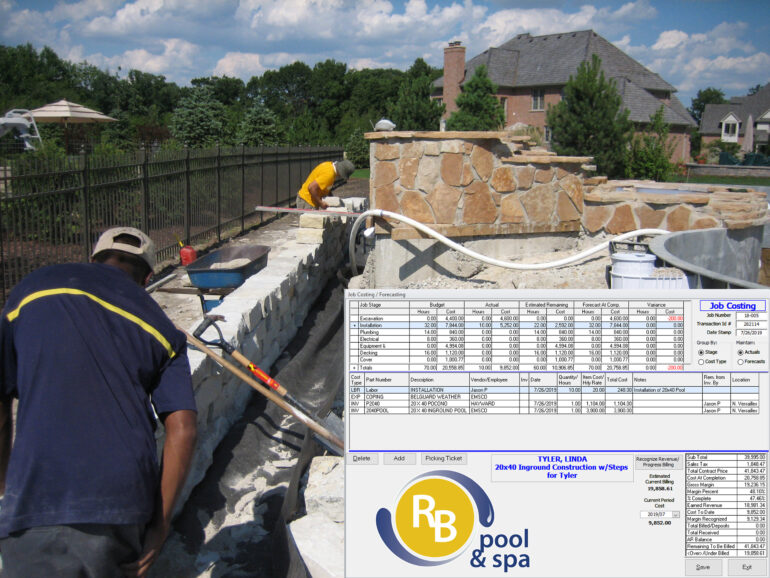Consumer Renovation Plans for 2020

According to a May 2020 LightStream Lending Service’s home improvement pulse survey conducted by Wakefield Research, 73% of homeowners are planning to renovate this year. This is down slightly from 77% when the survey was initially fielded in January 2020. In fact, 57% of those individuals are moving forward or expanding projects at more than twice the rate of those who are cutting back or cancelling (23%).
The average homeowners intends to spend $11,851, which has actually increased slightly compared to results from January ($11,473). And while 83% of millennials are planning to renovate now as compared to 92% in January, they are pursuing more expensive projects; they now expect to spend $16,088 on these endeavors, whereas those surveyed in January planned to budget $13,838 this year.
“As a result of COVID-19 shutdowns that closed offices, businesses, schools and more, self-isolation has forced Americans to take a much closer look at their homes,” says Todd Nelson, senior vice president of strategic partnerships at LightStream. “Many have clearly decided that renovation remains the right move. And they’re acting on it. In fact, as of the end of May, LightStream home improvement loan application volume is up by over 15% compared to January through May in 2019.”
Lightstream’s survey also revealed that nearly half of those planning home improvement projects (49%) now plan to tackle outside renovations. The May survey also revealed that 54% of parents versus 46% of non-parents are likely to plan upgrades to their outdoor spaces, and 26% of parents versus 10% of non-parents are likely to take on pool projects.
Consumers remain divided on how to pay for home improvements. Nearly two-thirds (63%) of those renovating this year will use savings, while nearly one-third (31%) will tap credit cards.
Those who planned renovations in 2020and are cutting back or cancelling projects are doing so because they are either reprioritizing discretionary spending (46%); choosing to build up savings and/or assets (29%); or have experienced loss of income by a family member or as an individual (28%).
“Consumers who are feeling less economic security are wisely holding back spending on discretionary purchases,” says Nelson. “Those planning big ticket purchases must set a budget for their project so that they don’t overspend or deplete emergency savings and other important financial assets. And if they are going to borrow to finance their project, they need to look for lower interest rates options, like installment loans, rather than credit cards with higher interest rates.”
For more information on the May 2020 LightStream home improvement pulse survey, visit the LightStream blog.







